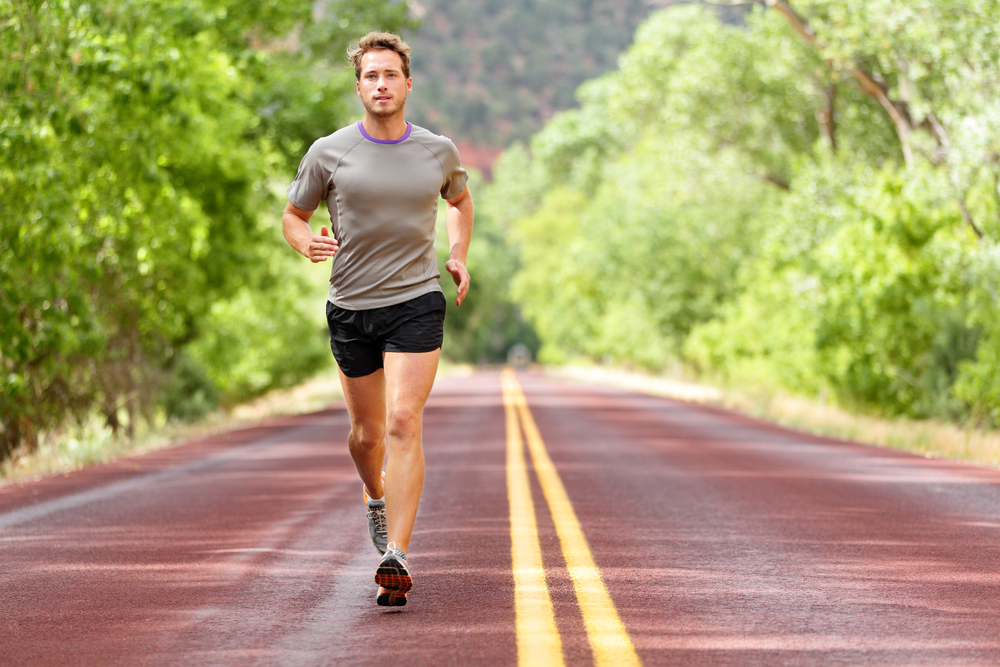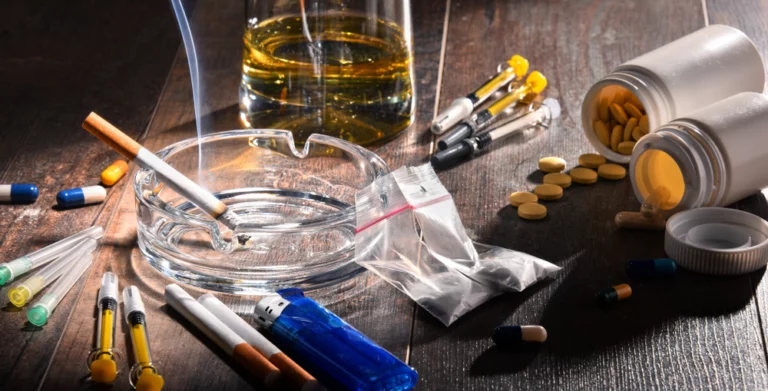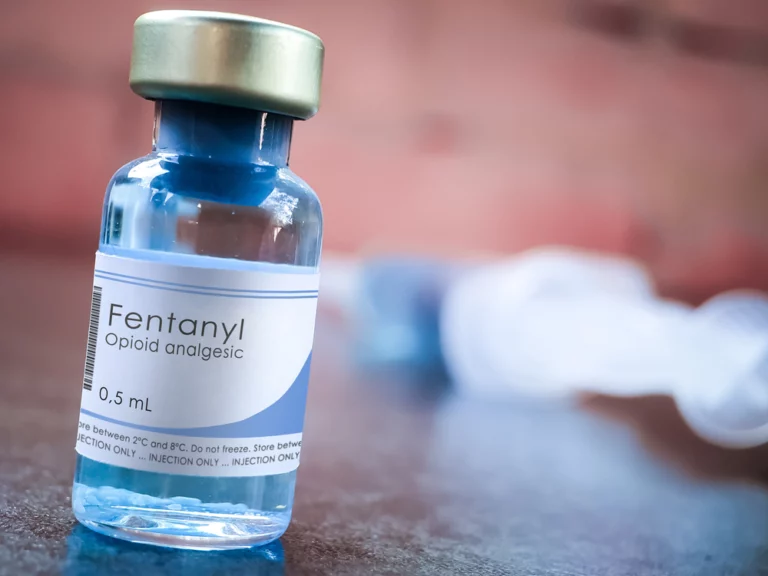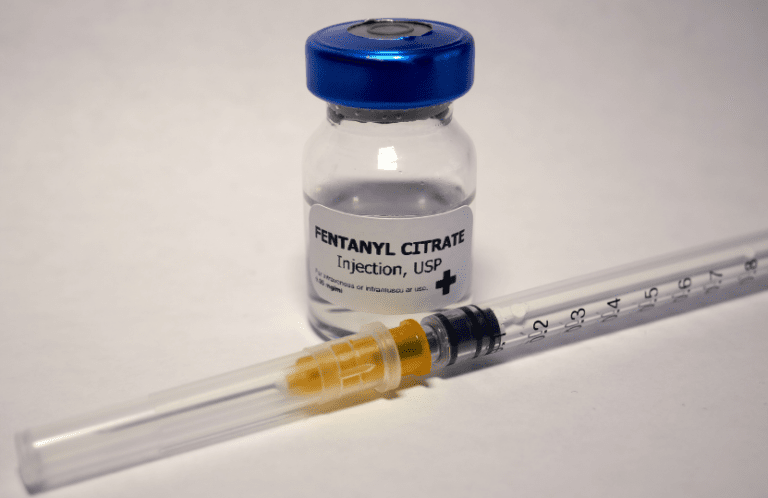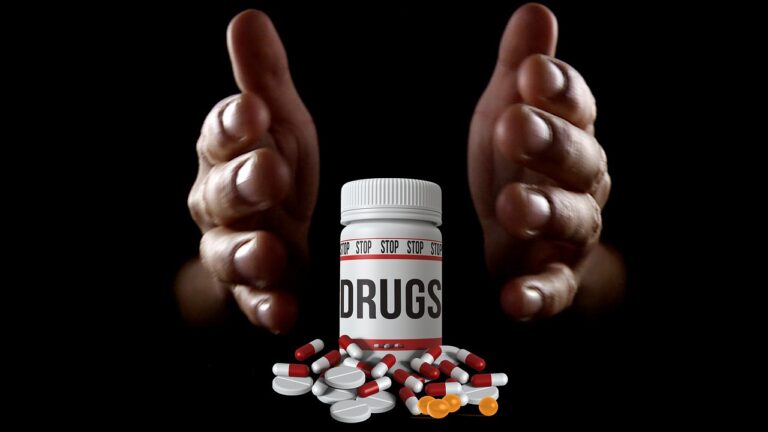How To Get High Without Drugs With Natural Chemicals
If you want to know how to get high without drugs, you’re in luck. There are several articles and blogs out there describing various exhilarating activities, extreme sports, and breathing techniques, all to find different alternatives to smoking weed, drinking alcohol, or taking other addictive drugs.
Rather than giving you a list of activities and places you can go to feel better, this article’s goes into deeper detail about how you can achieve a natural high using the chemicals already in your body, which include serotonin, dopamine, oxytocin, and endorphins.
Can You Get High Without Drugs?
Yes, you can get “high” without drugs by doing activities that promote the release of feel-good chemicals. Substance abuse, especially opioids, can impact your brain’s feel-good neurotransmitters and lower your body’s ability to regulate feelings of contentment, relaxation, alertness, and pleasure. These feelings are usually regulated using natural “happy hormones,” which include:
- Serotonin acts as a mood stabilizer and promotes well-being and happiness.
- Dopamine directly involves pleasure and motivation.
- Oxytocin contributes to bonding, love, and trust.
- Endorphins are involved in pain relief, runner’s high, and relaxation.
Although often overlooked, the hormones responsible for feelings of happiness are influenced by a variety of factors, including your surroundings, social connections, dietary habits, exercise regimen, and, in many instances, even the microorganisms in your gut. This means you can get “high” without drugs by making daily conscious decisions that can impact your emotional state.
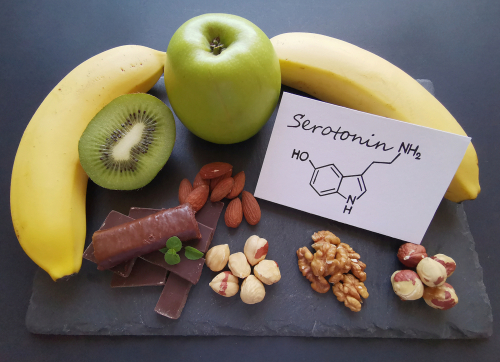
What Is Serotonin?
Serotonin, commonly called the “original happy hormone,” plays a crucial role in regulating mood, digestion, sleep, brain function, and circadian rhythm. Nearly 90% of the body’s serotonin is generated in the gut by the trillions of microorganisms residing in the colon. This microbiome uses short-chain fatty acids (SCFAs), like butyrate and acetate, to boost serotonin production in the gut.
Another aspect that influences serotonin production is the availability of tryptophan, a precursor to serotonin. Tryptophan is an essential amino acid that the body cannot create itself and must be obtained through diet, which will then be converted into serotonin.
Serotonin’s Link To Addiction
Low serotonin levels are associated with increased impulsivity and susceptibility to addictive behaviors. Drugs or alcohol can temporarily boost serotonin levels, substituting the pleasure and mood enhancement that serotonin provides naturally. However, prolonged substance use can disrupt serotonin function, exacerbating addiction.
How To Release Serotonin
You can help your body generate more serotonin in two main ways: exercise and a high-fiber diet.
- Exercise: Regular exercise not only improves mood, reduces anxiety, and fights depression but also increases tryptophan and serotonin levels.
- Diet: You can’t eat serotonin, but you can eat more prebiotics and foods that naturally contain tryptophan. Foods good for your gut microbiome include apples, mushrooms, onions, pasta, garlic, berries, citrus fruits, and legumes. Foods rich in tryptophan include oats, wheat, chickpeas, potatoes, quinoa, and soybeans.
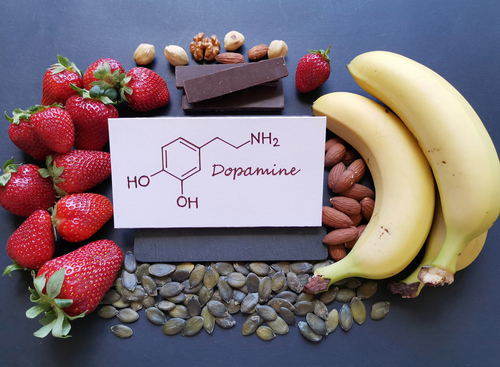
What Is Dopamine?
Dopamine is directly responsible for pleasurable sensations and the motivation to achieve those sensations. Dopamine is also an active neurotransmitter in substance use disorders and addictive behaviors like gambling. Other functions of this vital chemical include motor control, cognitive function, decision-making, impulse control, memory, and attention.
50% of all your dopamine is made directly in your gut, and recent research has explored how gut bacteria influence conditions like Parkinson’s disease and other neurodegenerative disorders. Changes in the microbiome can lead to alterations in the brain, specifically affecting the mesocorticolimbic area where dopamine-dependent neurons are located.
Dopamine’s Link To Addiction
Dopamine is heavily involved in addiction. It drives the brain’s reward pathway, reinforcing pleasurable experiences and motivating addictive behavior. Drugs or alcohol can trigger a surge of dopamine, creating intense euphoria and strengthening the addictive cycle.
How To Release Dopamine
Like serotonin, dopamine itself cannot be found in food. But, some scientists suggest eating foods rich in dopamine’s precursor, tyrosine. These foods include soy products, peanuts, almonds, avocados, bananas, lima beans, pumpkin seeds, and sesame seeds. Other ways to generate and release dopamine include eating protein-rich foods, reducing saturated fat consumption, getting enough sleep, meditating, being out in the sun, and listening to music.

What Is Oxytocin?
Oxytocin is also known as the cuddle hormone and promotes bonding and trust. But it also regulates stress responses and calms your nervous system. Higher levels of oxytocin in the blood are also linked to feelings of love, responsiveness, and gratitude.
Oxytocin is released in response to various stimuli perceived by the brain, as it actively monitors the environment for potential threats or signs of safety through hearing, sight, taste, touch, and smell. By naturally releasing oxytocin through positive sensory experiences, such as nurturing touch or supportive eye contact, it may be possible to reduce the reliance on drugs or medications to manage stress-related conditions.
Oxytocin’s Link To Addiction
Addictive substances can falsely replicate feelings of social bonding and connection associated with oxytocin. Individuals may turn to substances as a substitute for the sense of intimacy oxytocin provides, perpetuating addiction.
How To Release Oxytocin
Releasing oxytocin is a relatively simple process. While no specific foods directly stimulate oxytocin production, engaging in caring relationships and being part of a loving community can naturally trigger its release. Activities such as experiencing romance, nurturing caring relationships, engaging in soft and friendly touch, fostering friendships, and spending time with pets can all contribute to releasing oxytocin.
If you’re struggling with an addiction and want to release natural chemicals instead, now is the time to reach out to family and friends and possibly adopt an emotional support animal.

What Are Endorphins?
Endorphins, or endogenous opioids, are your body’s natural painkillers. These hormones inhibit the transmission of pain signals to your central nervous system by binding to opioid receptors and releasing feelings of euphoria. If you’ve ever seen someone do something almost impossible, like lifting something heavier than they could, chances are endorphins were running through their system, blocking out any sense of pain.
If your body isn’t producing sufficient endorphins, you might experience increased aches and pain, heightened vulnerability to depression and anxiety, moodiness, susceptibility to addiction, and difficulty sleeping.
Endorphins Link To Addiction
Drugs or alcohol can mimic endorphins’ natural ability to feel good during exercise or other pleasurable experiences. By artificially triggering endorphin release and substituting natural sources of pleasure with drugs or alcohol, the artificial feel-good sensations can reinforce addictive behavior.
How Release Endorphins
Exercise is the most common way to release endorphins, which is why a “runner’s high” is associated with feeling good. Studies suggest exercising for as little as 20 to 30 minutes daily, switching between vigorous activities like aerobic or strength training and gentle activities like walking, bike riding, or gardening.
It’s easy to confuse endorphins with dopamine since they both release feel-good sensations. But endorphins are released quickly during a specific act, while dopamine is slowly released and makes you feel good after the activity. This is why people feel satisfaction or accomplishment after a workout.
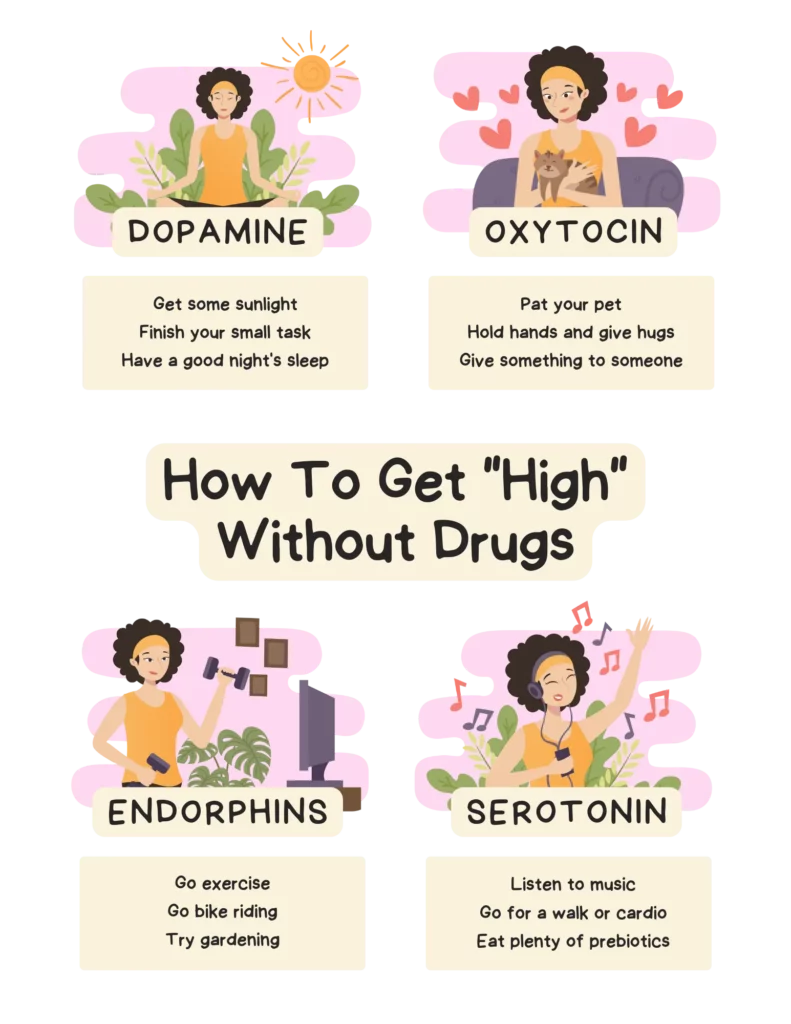
Contact Oasis Recovery Center
If you or a loved one is struggling with drug addiction and want to know more about how natural feel-good activities can replace substances, contact Oasis Recovery Center. Our treatment center’s goal perfectly aligns with this article. Our holistic and therapeutic programs are designed around tapping into what makes a person truly happy, so they can leave drugs in the past and focus on lasting wellness. Call today, and one of our admissions agents can help you sign up.



